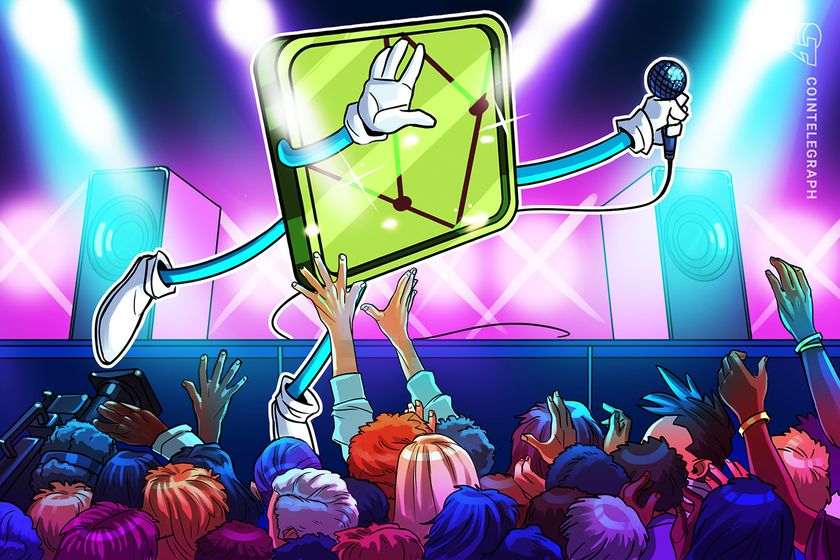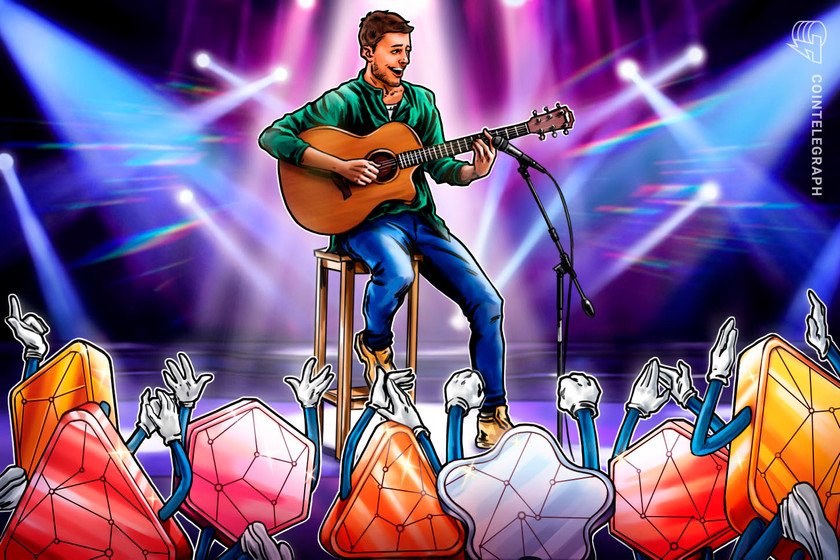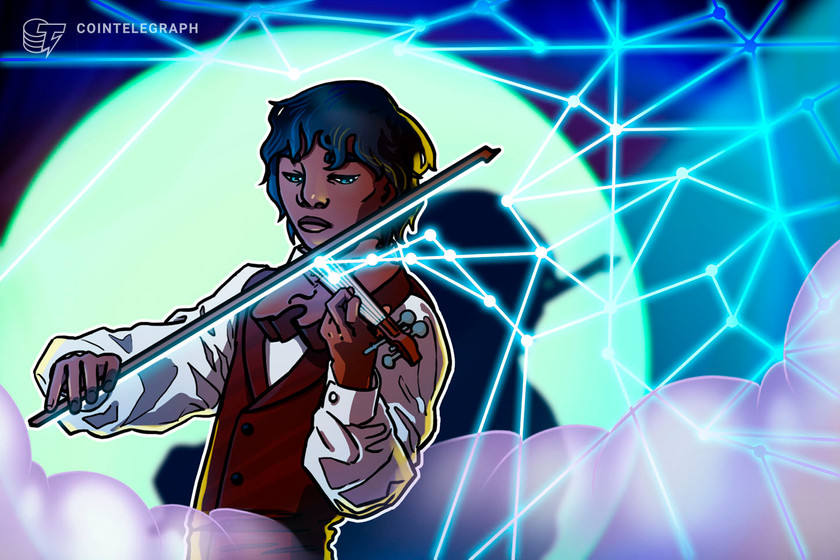Thrash-metal band Megadeth launches NFT collection and metaverse community


The American thrash-metal band Megadeth released a new NFT collection, aiming to connect with its community in both physical and digital reality.
Legendary American thrash metal band Megadeth announced a new nonfungible token (NFT) collection on Dec. 5, allowing fans exclusive access to content and physical experiences.
The band announced the NFTs on social media through a post on X, formerly Twitter, saying the 5,000-piece collection features the band’s digital mascot, Vic Rattlehead.
Related: Grimes’ collaboration with music platform makes 200+ AI songs available for creators






















